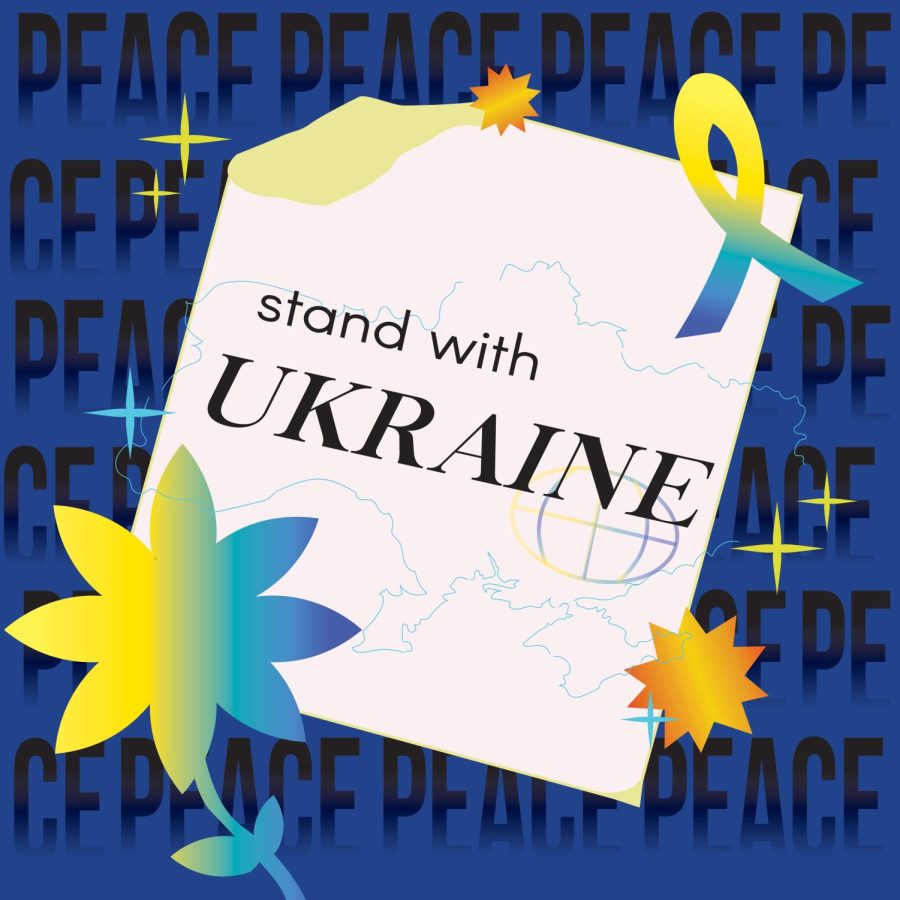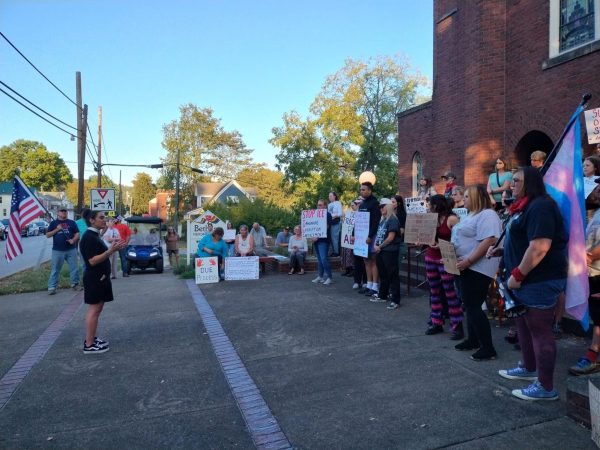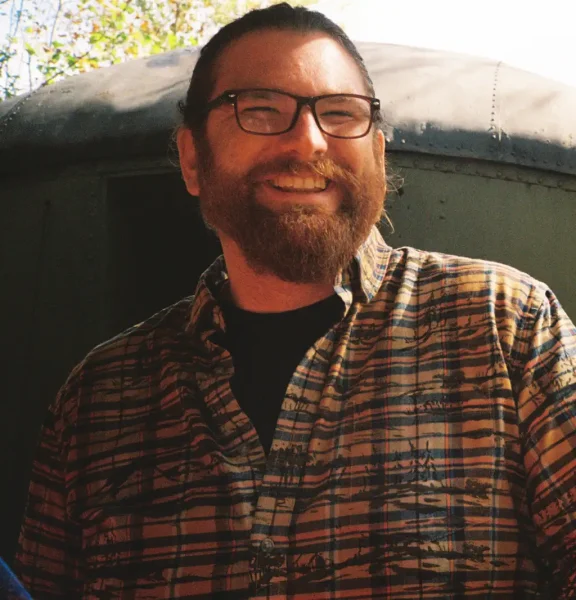Russia’s invasion on Ukraine advances
At the end of February, Russia launched a full-scale invasion on neighboring Ukraine. The invasion has been classified as the largest military invasion by a sovereign state since World War II. So far, the conflict has displaced around 2.5 million Ukrainian individuals according to the United Nations Refugee Agency.
Tensions have been present along the Ukrainian-Russian border since 2014 when Russia annexed the southern part of the Crimean Peninsula of Ukraine after pro-Russian President, Viktor Yanukovych, was ousted by the Ukrainian public. Fighting and tensions have persisted in the Donetsk and Luhansk regions with Russian backed speariest forces contesting the Ukrainian military.
Following the election of current Ukrainian President, Volodymyr Zelensky, Ukraine has moved towards improving connections with the west and European Union and attempted to reduce the influence of Russian oligarchs in the country.
Current Russian president, Vladimir Putin, holds the belief that Ukraine should exist as part of Russia as it did during the existence of the Soviet Union. Officially, Putin has stated that Russia could not feel “safe, develop and exist” because of his perception of a threat from Ukraine’s inclusion into NATO.
Since the first day of the invasion, Ukrainian cities and military bases have been continuously shelled and bombarded by Russian forces resulting in mass displacement of citizens, destruction of infrastructure and deaths.
The Ukrainian capital, Kyiv has been withstanding constant bombardment from Russian military forces since the early days of the conflict. The city still remains under Ukrainian control at this time. Zelensky said that the Russians would take the Ukrainian capital “only if they kill us all.”
The port city of Mariupol in Ukraine is under Russian besiegement and has been a set location for most casualties of the war. The Mariupol City Council is estimating that constant Russian shelling and bombardment has caused the deaths of at least 2,180 people. According to the International Committee of the Red Cross, the levels of human suffering in the city are “simply immense” with hundreds of thousands of residents “facing extreme or total shortages of necessities like food and medicine. Humanitarian aid for the city has been blocked by Russia and an increasing number of non-military targets including apartment buildings and a maternity hospital has been bombed.
On Sunday, the conflict reached just 15 miles shy of the Ukrainian-Polish border. Ukrainian officials said at least 35 people were killed and 134 were wounded as over 30 missiles were launched at the Yavoriv military range where Ukrainian military personnel are trained and international NATO drills are regularly hosted. NATO has warned of a swift response if Russian troops go beyond the Ukrainian border and into a NATO member state. Zelenksy has asked for NATO assistance to close the skies above Ukraine by saying, “If you do not close our sky, it is only a matter of time before Russian missiles fall on your territory. NATO territory. On the homes of citizens of NATO countries.”
The United States, as well as its allies, have imposed heavy sanctions on Russia and provided financial aid to the Ukrainian military. The U.S. is unwilling to become involved in a more direct manner at this time due to high risk of escalation. The U.S. has provided $1.2 billion in the past year to help Ukraine in combating Russian forces.
The situation is constantly evolving, with updates occurring by the second. To stay up to date with what is happening in Ukraine visit trustworthy news sources such as the British Broadcasting Corporation, National Public Radio and the Associated Press News.

Anna Johnston is a WLU senior from Linlithgow, Scotland. This is Johnston’s fourth year as part of the Trumpet team, having taken on a variety of roles...







